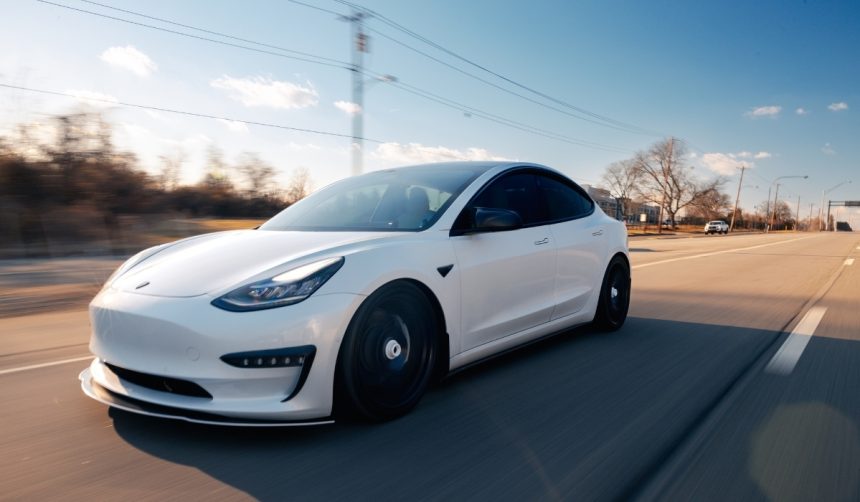Navigating urban areas presents unique challenges, especially for individuals with disabilities who need reliable transportation. Tesla has announced a new initiative through its Robotaxi app aimed at offering “accessibility rides” to make travel easier for people with handicaps and mobility issues. By introducing these new features, Tesla highlights ongoing attention to inclusivity in transportation technology, with plans to provide ride-hailing options for medical appointments and daily mobility. This development also coincides with Tesla’s unveiling of the Robovan, a vehicle purpose-built for wheelchair access, signaling a shift toward mobility solutions that address emerging social needs in ride-sharing services.
When Tesla’s Robotaxi was first introduced, discussions mostly centered on its potential to affect commutes and daily transportation patterns for the general public. Information circulating earlier focused primarily on its self-driving features and broad applications for urban mobility. There was limited focus on accessible transportation for those with disabilities, which makes Tesla’s latest announcement notable by comparison. Amazon and other ride-sharing companies previously rolled out limited accessible options, but coverage and technological support often fell short outside of metropolitan centers. Tesla’s effort now places accessibility at the core of its ongoing expansion plans, moving beyond prior generic models of autonomous transit.
How Will Accessibility Rides Work in the Robotaxi App?
The Robotaxi app update introduces new language about “accessibility rides,” allowing users with mobility challenges to hail an autonomous vehicle specifically configured for their needs. Tesla is working to integrate this function so that wheelchair users and others requiring assistance can conveniently arrange transport for appointments and daily activities. The app also provides links to alternative local services as a temporary measure before the dedicated vehicles are fully rolled out.
What Features Will the Robovan Offer to Passengers?
The Robovan, which was showcased at Tesla’s ‘We, Robot’ event, is described as a wheelchair-accessible vehicle (WAV) designed to accommodate passengers with disabilities. Visuals released alongside the accessibility update emphasize the Robovan’s interior space and configuration aimed at comfort for those with physical limitations. Tesla aims to supply solutions adaptable enough for different accessibility needs, extending ride-hailing availability to segments previously underserved by mainstream services.
How Does Tesla’s Initiative Compare to Other Efforts?
Tesla’s focus on autonomous, inclusive mobility is paralleled by its other ventures such as Neuralink, which also targets accessibility but in a different context—neurological enhancement and rehabilitation. While technologies from companies like Uber and Lyft have increased ride availability, users in rural areas continue to report sporadic service. By automating the process and designing dedicated WAVs like the Robovan, Tesla is pursuing a systematic approach that may cover broader geographic locales and offer consistent service.
“Absolutely,” affirmed Elon Musk in response to the question of whether accessibility services are a focus in the Robotaxi platform.
According to Tesla,
“We are developing a wheelchair-accessible vehicle to support our commitment to accessible transportation for all.”
This ongoing project is positioned to not only supplement but potentially set higher standards for autonomous ride-hailing services for people requiring accommodations.
Accessible autonomous vehicles carry the potential to close major gaps in transportation, especially for people who face barriers on other platforms. For those independently seeking medical care, employment, or everyday errands, having ride-hailing access with reliable features can improve independence and participation in community life. Stakeholders and urban planners will likely follow Tesla’s progress closely as widespread deployment could necessitate new infrastructure guidelines, policy updates, and industry standards. Those interested in personal mobility solutions or accessibility in technology may benefit from monitoring Tesla’s Robotaxi program as it develops, particularly as regulatory testing and user feedback shape future iterations.










